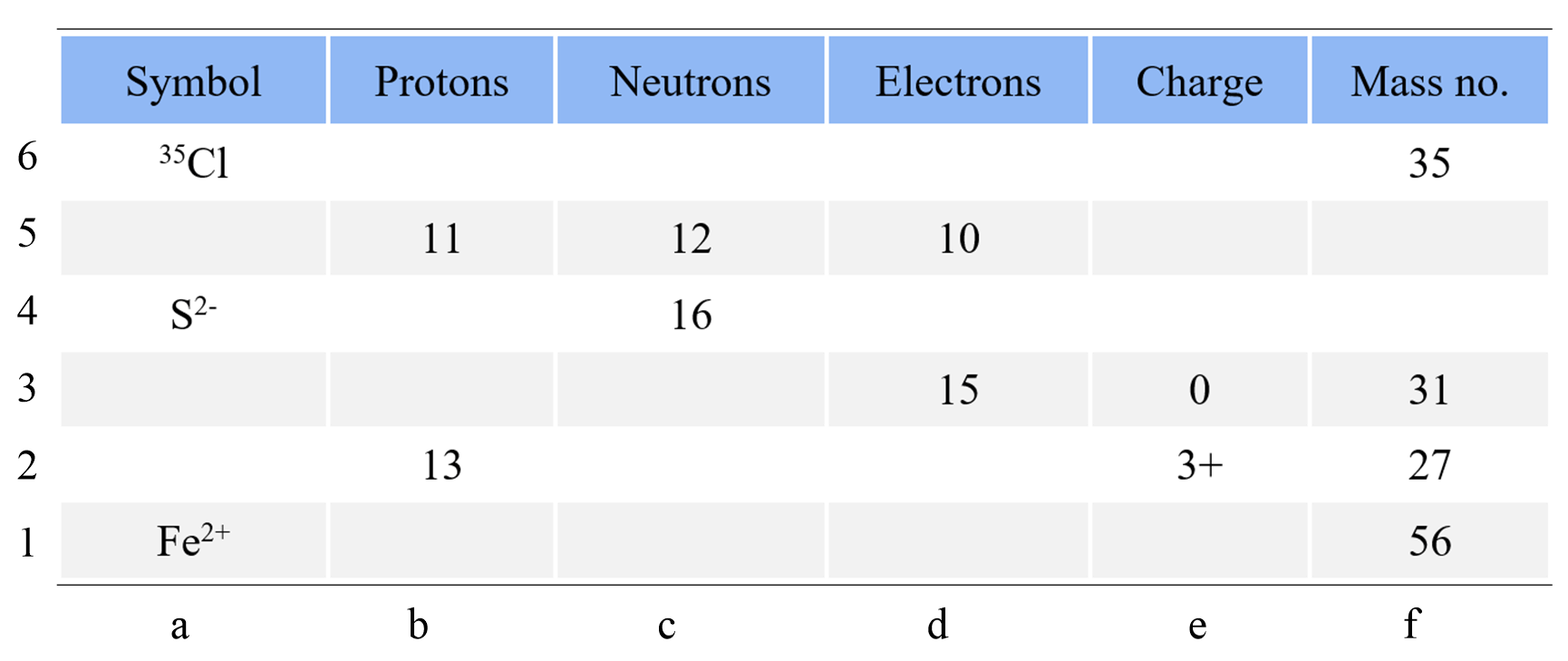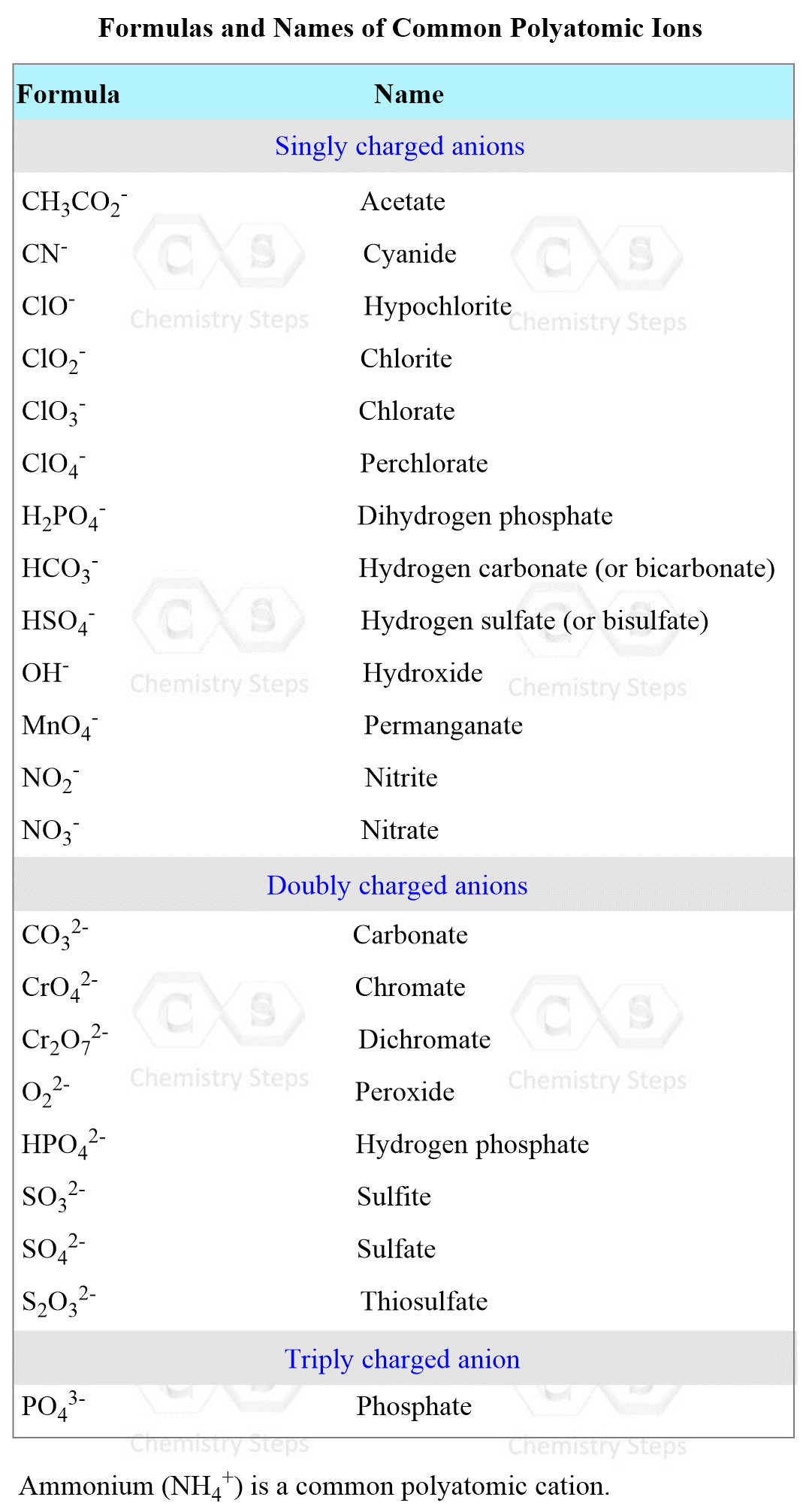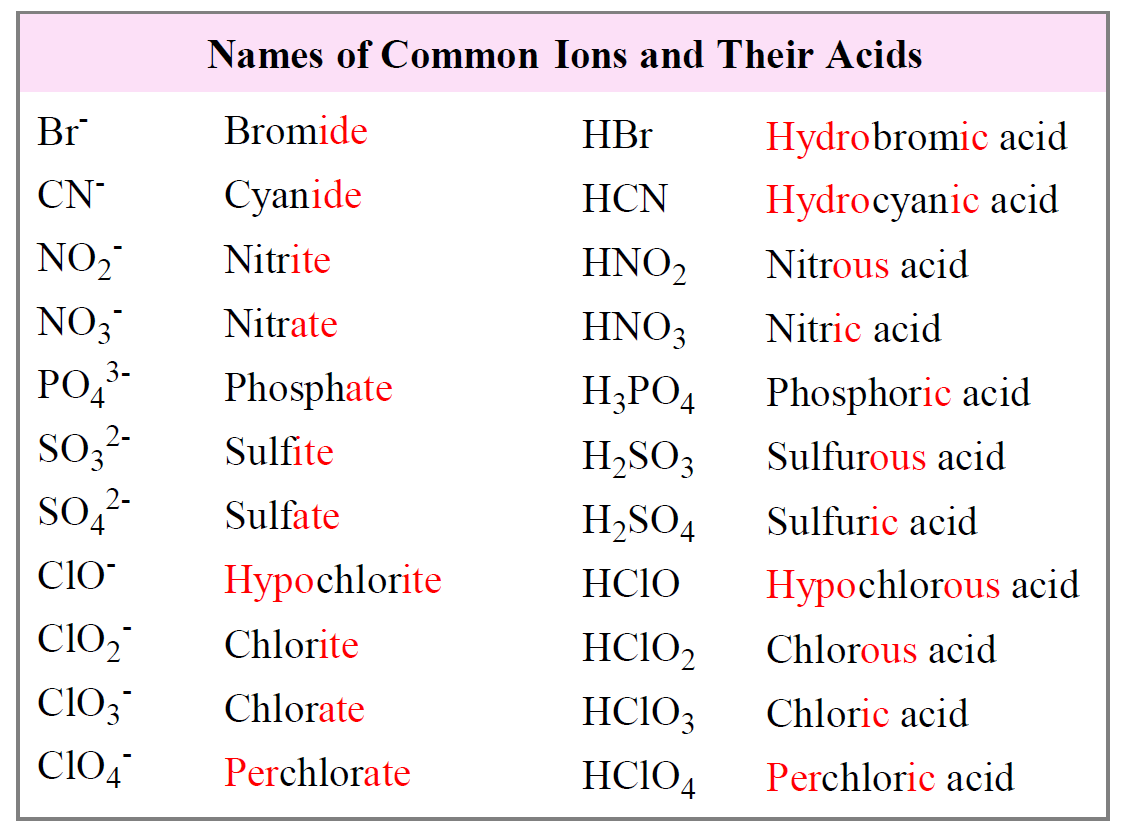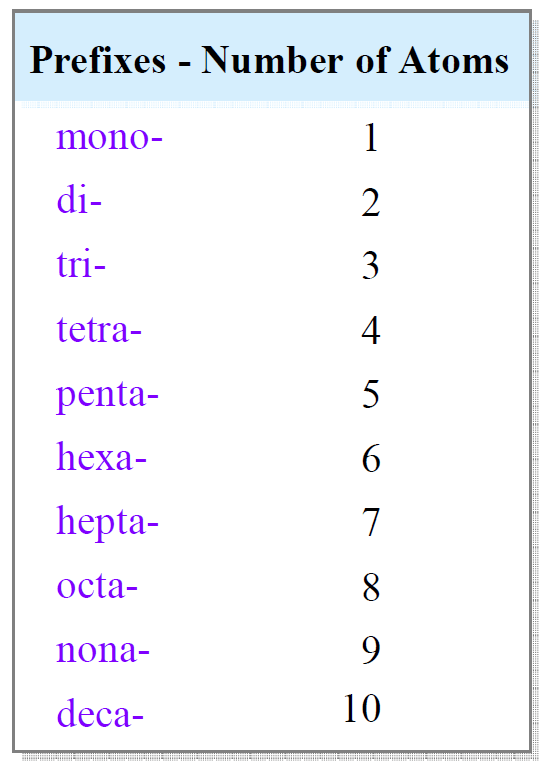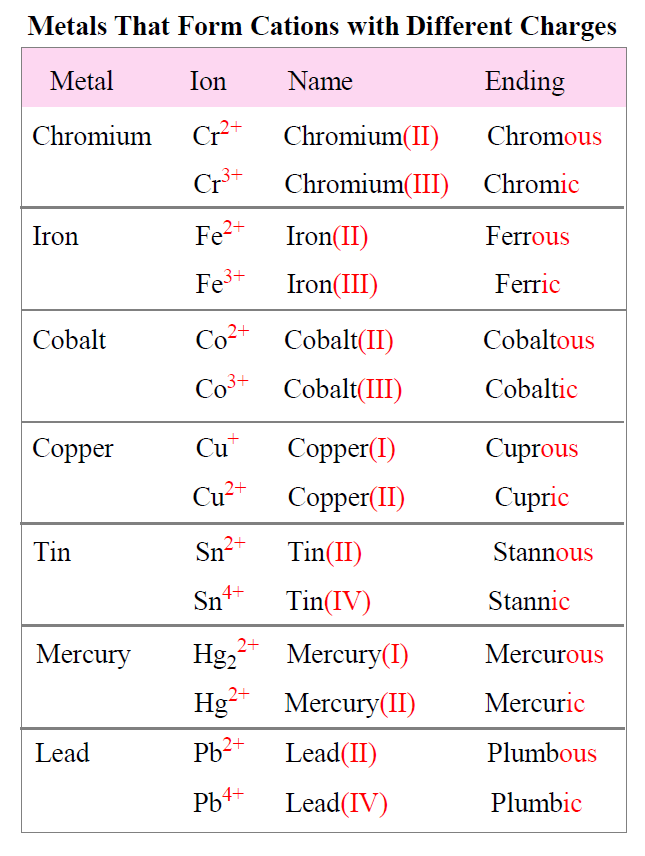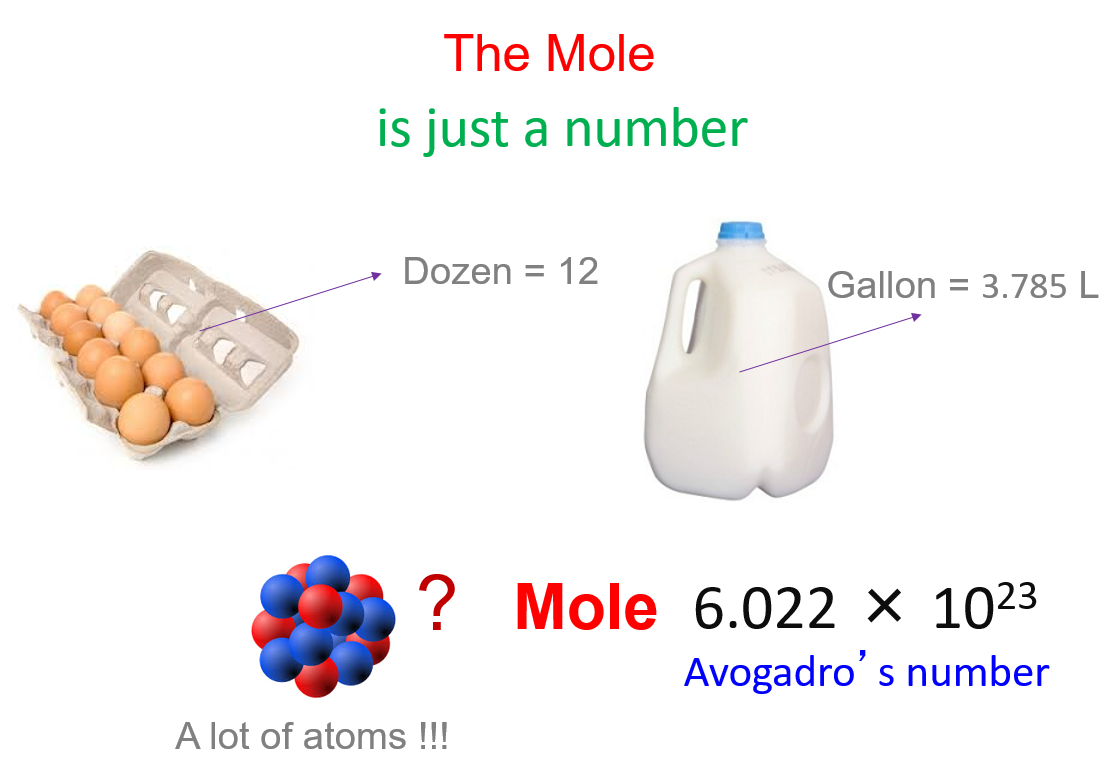Atoms, Molecules, and Ions Practice Problems
In this set of practice problems, we will go over the atomic structure, subatomic particles, determining the number of protons, neutrons, and electrons, as well as writing correct chemical formulas. Check Also Subatomic particles and Isotopes Naming Monatomic and … Read more

